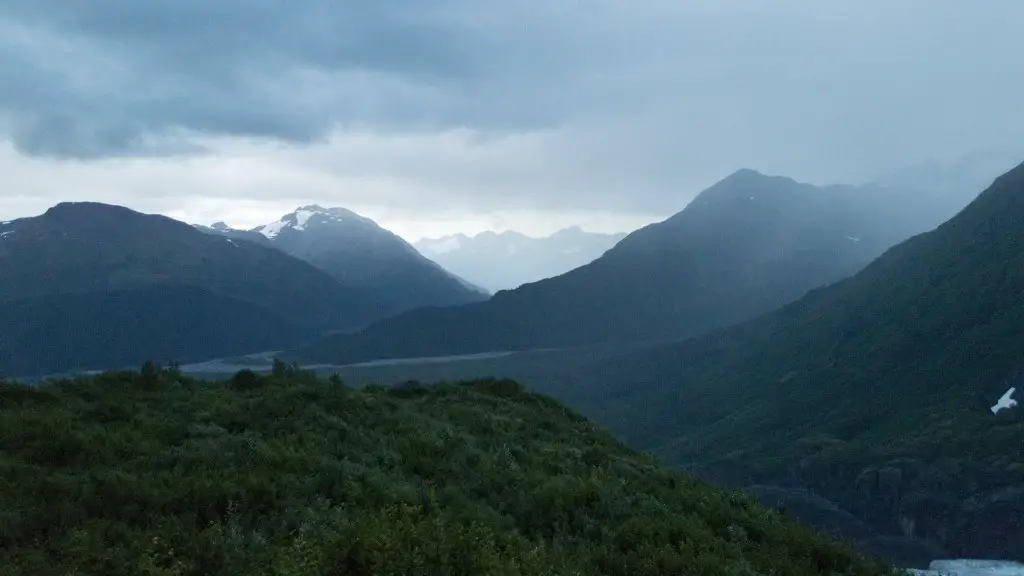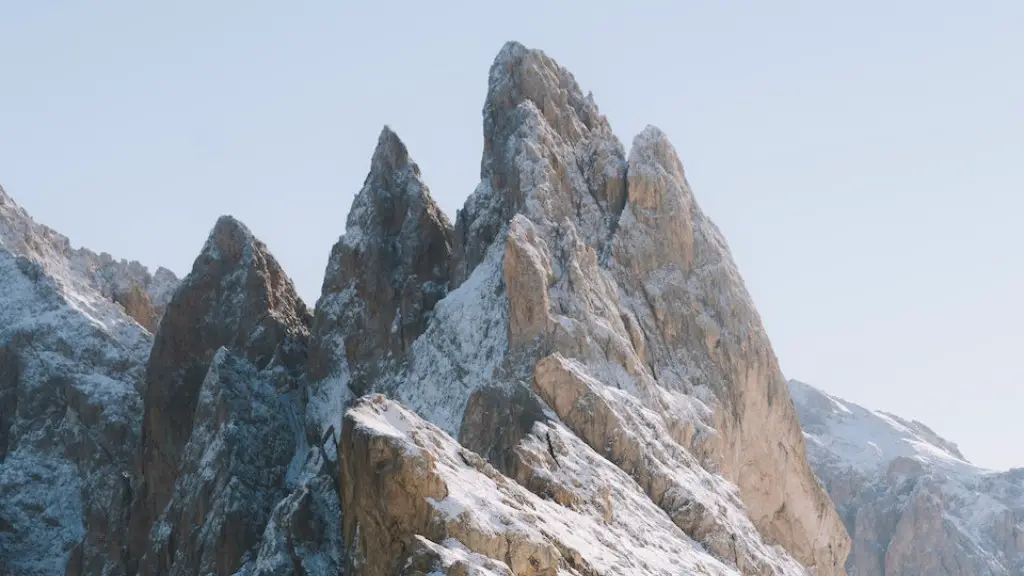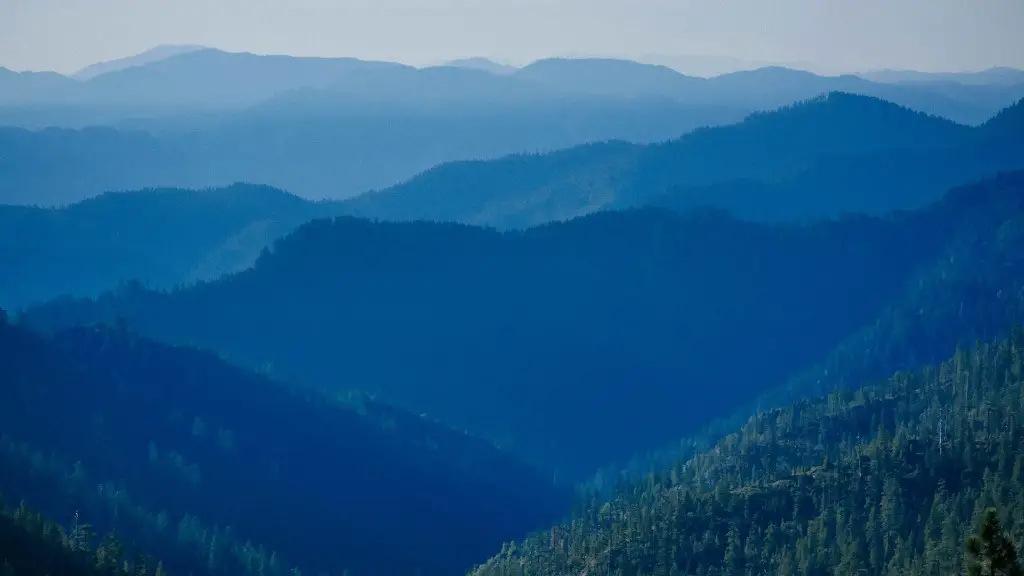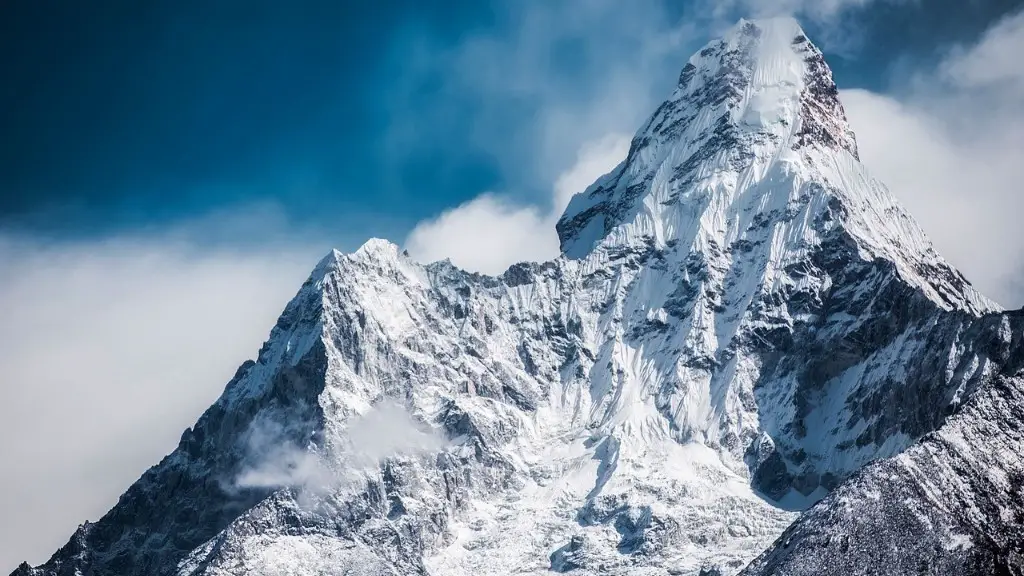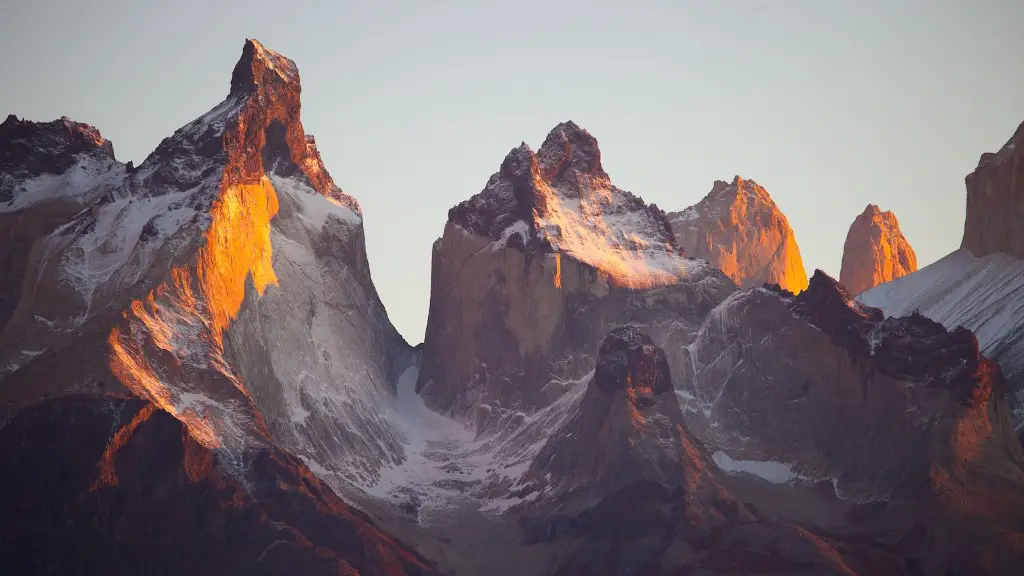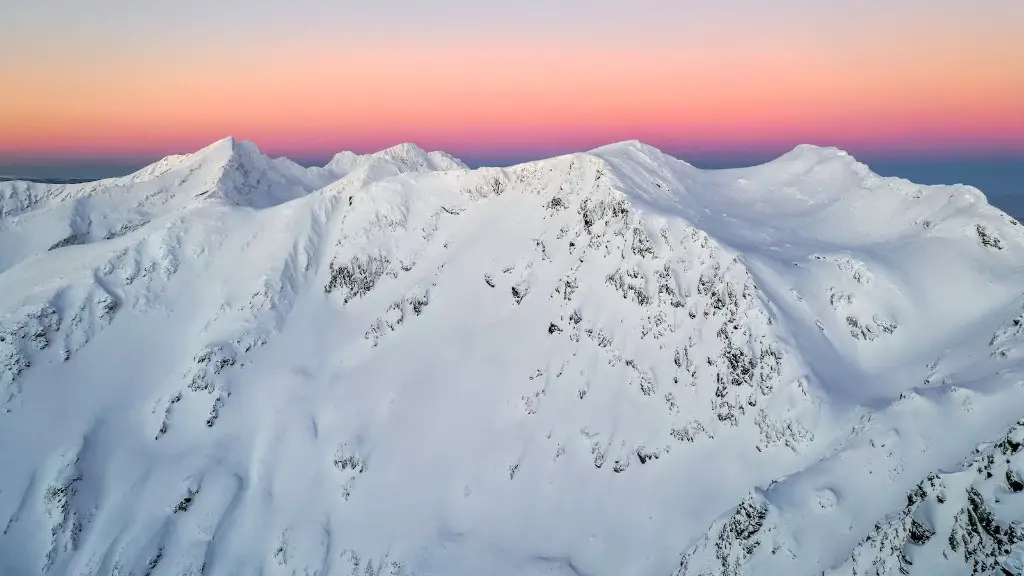Mount Kilimanjaro is the tallest mountain in Africa and one of the Seven Summits. It is one of the most popular tourist destinations in the world, with summit attempts by over 25,000 people each year. The typical tourist route takes six to seven days to complete, although more challenging routes can take up to nine days.
It takes approximately seven to eight days to climb Mount Kilimanjaro.
Is it hard to climb Mount Kilimanjaro?
Mt. Kilimanjaro is a very difficult mountain to climb, with more than 50% of climbers suffering from mountain sickness. Measuring 19,341 feet, or 5,895 meters, you will need to prepare well and train before attempting to climb Kili.
The Marangu Route 3 Days is a great option for beginners or those who are short on time but still want to experience the beauty of Mount Kilimanjaro and Tanzania. The trip takes 3 days of climbing and 2 overnight stays.
Can a beginner climb Kilimanjaro
Mt Kilimanjaro is the tallest mountain in Africa and one of the most popular trekking destinations in the world.
Although it is possible for beginners to climb Kilimanjaro, it is important to be aware of the conditions, seasonal climates, costs, and requirements before embarking on this challenge.
The best time to climb Kilimanjaro is during the dry season (January to March), when the weather is more stable.
The average cost of a Kilimanjaro climb is $3,000-$4,000, which includes the cost of a guide, porters, and other necessary expenses.
To prepare for the climb, beginners should be in good physical condition and should allow for at least two weeks to acclimatize to the high altitude.
If you’re planning on climbing Mount Kilimanjaro, you should allow at least five days to complete the ascent. However, a minimum of six days, and ideally seven or eight, offers a far better chance of reaching the summit. For those with more time to spare, there are several more gradual and scenic ascent routes that can be done over 10 or more days. Whichever route you choose, make sure you’re well-prepared before embarking on your adventure.
Do you need oxygen to climb Kilimanjaro?
Kilimanjaro’s altitude is a significant challenge, but climbers do not need supplemental oxygen to climb Kilimanjaro or reach the summit. To reach to the summit you use the acclimatization method of walking slowly “pole pole” climb high, sleep low.
If you’re looking to climb Kilimanjaro on a budget, your best bet is to look for a small, local tour operator. These companies typically have lower overhead costs and can offer a more affordable price for your climb. Of course, you’ll want to do your research to make sure you’re getting a quality tour operator who can provide a safe and enjoyable experience.
Is Everest or Kilimanjaro harder?
While there are aspects of the Everest Base Camp trek that are harder than Kilimanjaro, the general feeling is that Kilimanjaro is the harder of the two treks. The main reason for this is summit night – it’s a biggie. You are essentially summiting a very tall mountain in one push, which is no small feat. The altitude also makes things quite a bit harder, as does the fact that you are often carrying your own gear. All in all, it’s no wonder that most people feel that Kilimanjaro is the tougher of the two treks!
Mount Kilimanjaro is a great experience, and well worth the effort. The success rate for reaching the summit is around 66%, which is pretty good. However, the people we think would do the best at climbing Kilimanjaro (young, strong males) don’t necessarily have the highest success rate. In fact, young males between 20 and 30 surprisingly fail more than we’d expect. So don’t be discouraged if you don’t make it to the top on your first try – it’s not easy!
Can a normal person climb Kilimanjaro
The average person can definitely summit Kilimanjaro successfully with the right preparation. Being too fit can actually hinder your progress, so you don’t need to be in excellent physical condition. You also don’t need any technical climbing skills since the route is not difficult.
Mount Kilimanjaro is one of the tallest mountains in the world and its temperature is determined more by the altitude and time of day. At the base of the mountain, the average temperature is around 21 to 27 °C and at the summit, Uhuru Peak, the night time temperatures can range between 20 and -20 degrees Fahrenheit (-7 to -29 degrees Celsius).
What month is best to climb Kilimanjaro?
Climbing Mount Kilimanjaro is bestdone in the dry season, which falls during January and February. These months offer clear skies and warm temperatures, making it ideal for summit attempts. However, afternoon clouds and occasional rains can occur, so climbers should be prepared for all conditions.
Mt Kilimanjaro is one of the most popular mountains in the world, with approximately 50,000 trekkers every year trying to reach its summit. However, according to research published by the Climb Kilimanjaro Guide, the average summit success rate across all climbers and routes is only 65%. This means that a significant majority of climbers fail to reach the summit, often due to poor preparation or underestimating the difficulty of the trek. If you’re planning to trek Mt Kilimanjaro, make sure to do your research and adequately prepare yourself physically and mentally for the challenge.
How far do you walk each day on Kilimanjaro
Assuming you would like tips for trekking up Mount Kilimanjaro:
-Start with a plan and know your trekking route
-Start with a physical and mental warm-up
-Make sure to have the proper gear- this includes comfortable and broken-in shoes, plenty of layers to stay warm, and a hat and sunscreen to protect from the sun
-Bring adequate food and water- you will need plenty of energy to make it up the mountain, and staying hydrated is crucial
-Be mindful of your pace- it is easy to get overexcited and push yourself too hard, especially when descending, but it is important to take your time and conserve your energy
-End with a cool-down and proper recovery-once you reach the summit, take some time to enjoy the view and give yourself a pat on the back, but don’t forget to re-hydrate and eat before starting your descent
No specialist climbing skills are necessary for the climb, but you must have done extensive hill-walking or aerobic exercise in the run-up to your climb. If you do not currently enjoy a good level of fitness, it may take many months of training to reach a suitable level of fitness to enjoy the walk.
Who climbed Kilimanjaro the fastest?
Karl Egloff is a Swiss climber who is currently the record holder for the fastest time to the Summit of Mount Kilimanjaro. He made it in 4 hours, 56 minutes.
If you are planning to trek up Kilimanjaro, be prepared to use some pretty rustic toilets. Most camp sites will have public toilets, but they are definitely not going to be anything like what you’re used to at home. There will be no western-style toilets, and chances are good that there won’t be any hot water or soap dispensers either. Many of the toilets won’t even have doors – just a wall that you can walk around for privacy. So lower your expectations and be prepared to rough it a bit when it comes to using the facilities on Kilimanjaro.
Conclusion
It takes approximately seven to ten days to climb Mount Kilimanjaro.
It takes anywhere from five to seven days to climb Mount Kilimanjaro, depending on which route you take. All routes require a high degree of fitness, and some previous climbing experience is recommended.
